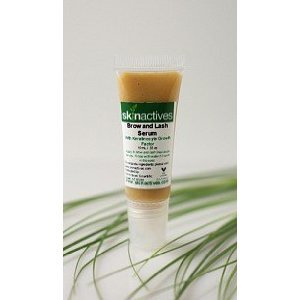There isn’t anything that induces anxiety in a male, quite like the prospect of going bald. This is a sign of aging for many, however, a baldness cure may finally be at hand.
While currently, there is not any treatment available to assist men with hair regrowth, only some medications that can help to stop hair loss, there are new research studies at the University of Pennsylvania, Dermatology Department that looks very promising, and could well lead to the creation of a medication that will effectively assist males to regrow the hair of their youth.

.
This research team has discovered a connection between the ability for a person to grow new hair follicles and the body’s immune system. They found that there is a kind of immune cell that is a T-cell called a gamma-delta cell, that creates a protein that is called Fgf9 that is a growth factor and it was found to be critical to growing hair follicles in mice.
The researchers performed a test on their hypothesis by decreasing the amount of Fgf-9 and they discovered that the mice and a reduced ability to regrow hair. They also performed a contrasting experiment where the levels of Fgf9 were increased and they discovered that the mice were able to develop significantly more hair follicles, about 2 ½ times more, when levels of fibroblast growth factor 9 were increased.
The researchers also discovered that there is an interaction of fgf9 with cells for wound healing that are called fibroblasts, which cause a further increase of production of Fgf-9, creating a positive feedback loop that further amplifies hair follicle growth.
According to a University of Pennsylvania researcher, these findings are an explanation as to why people do not regrow hair after receiving a skin wound. The research also indicates a method of treating wounds and growing hair. It is interesting that people have a much less Fgf9 in their skin than mice, leading the researchers to get an idea of why people do not regrow hair subsequent to wound healing.
Since Fgf9 is excreted from cells, and is not simply an intracellular protein, it can travel to additional cells, and it is effective on the mice’s skin, there is a possibility that it would also work for humans. These studies suggest that making use of a Fgf9 chemical activator, or another Fgf9 production pathway called Wnt, may be an area for further research in order to find a baldness cure.
Patents on the regrowth of hair with Fgf9 have been obtained by the Upenn.edu website. The University has licensed this patent to a biotechnology firm that engaging in pre-clinical testing to create a cure for baldness product. The name of the company is Follica, and it has run clinical trials in the past on drugs for hair regrowth. This company was founded by the lead UPEN researcher in 2007.
The discovery of FGF9 is shedding light on a promising new way to regrow your hair and an exciting new way to obtain a cure for baldness.
